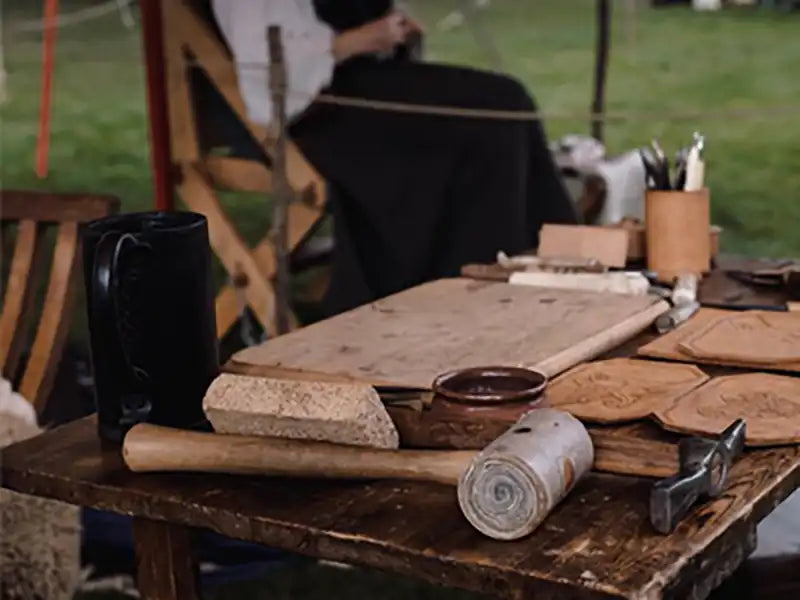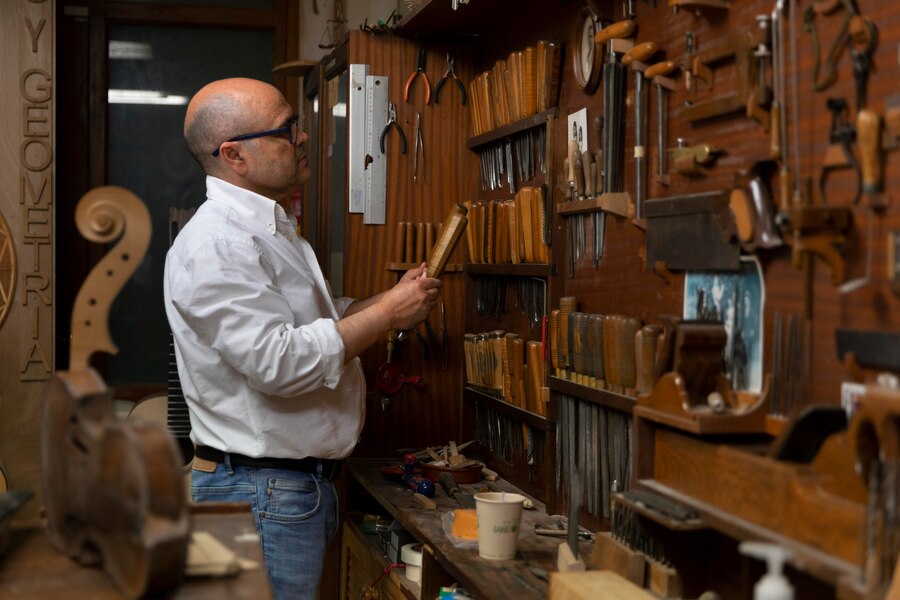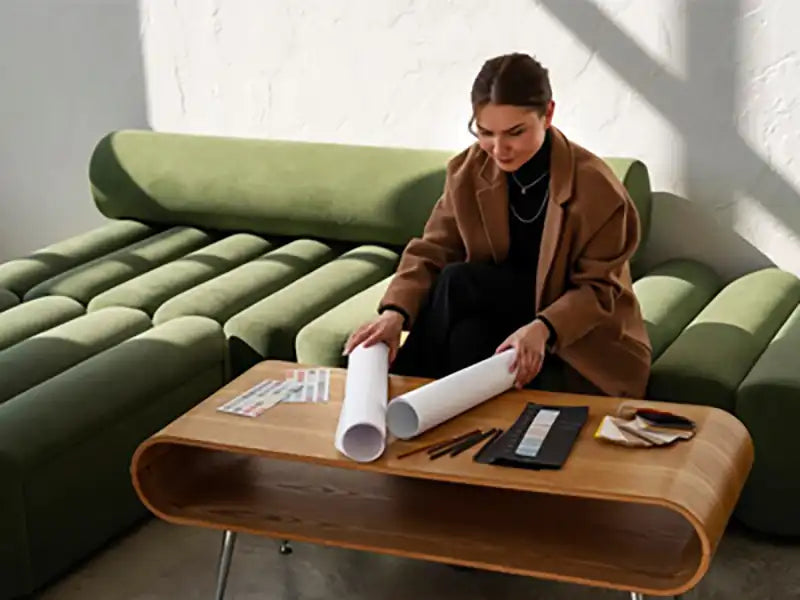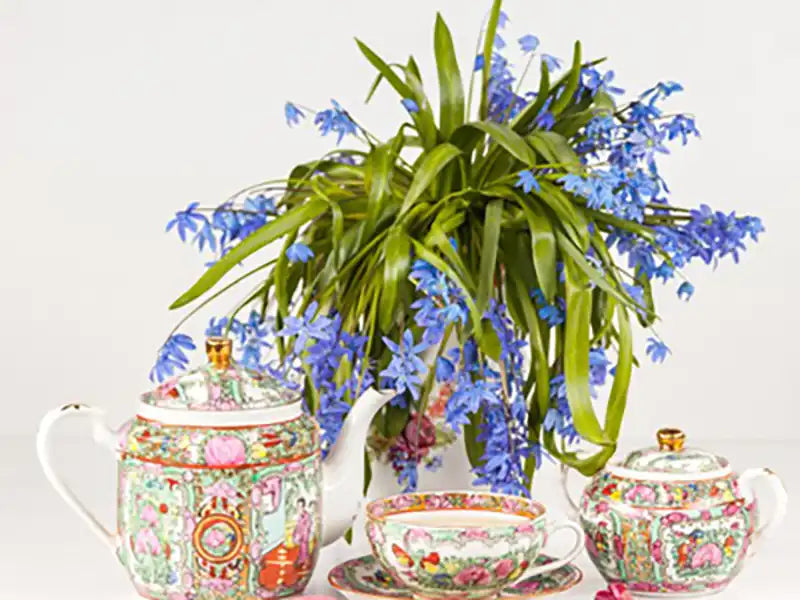Yes, this is the terrarium that today, as an added value, an art, a small environment, a joy, etc., is opening its place with our cleverness and clever politics in our daily lives in the century of iron, steel and smoke. I wish we could introduce this idea much beyond this black exercise, but the small world inside the terrarium is much bigger and more complex than our thoughts and the world around us.
How to make a terrarium?
Maybe using the word terrarium for some is a cultural invasion! It should be considered, but as soon as we hear the glass garden, every human mind immediately goes to a garden enclosed in glass and can draw a picture of it in their mind so that other explanations can easily be etched in his mind.
In the Middle Ages, just when Christianity and colonialism landed on the deck of European ships, when missionaries and scientists accompanied them on a new plant species, they put it in a glass box on the way back to preserve the species' survival from climate change.
With the advancement of science, which no longer needed these boxes, perhaps to pay homage to the advancement of science, instead of placing it in museums, they used it as an ornamental device at home, university for research, workplace, and everywhere. Moisture-loving or moisture-resistant plants were used.
The things you should keep in mind when making terrariums
But it seems that the terrariums, because of their good neighborliness, joined hands with their plants and, like them, saddled their horses in the perfect path. And the new generation terrariums, with a slight expansion and in combination with different art styles, had waterfront, rock, wood design, cooling and ventilation systems, and a different glaze, all of which are due to the creative and art-loving human mind.
History of the terrarium
In the year 1827, when Dr. Natalie Ward was planting ferns in her garden and working in the laboratory on the cocoons of butterflies and insects in a cage, she noticed that some grass and fern spores had sprouted in the pot! If the air pollution in London and the dryness of the air had destroyed the garden ferns! After some time of growing ferns and grass inside the container, the doctor generally abandoned research on insects and researched the growth of plants in the narrow.
He found that ferns Inside the bottle, they are safe from the polluted and dry climate and can easily grow inside. For a trip to Australia, Melbourne which lasted 2 months, he took the bottle with him. When he arrived in Australia, the plants were still healthy. They were just as healthy when they returned. Since then, the doctor has written a book called "Growing Plants in Glass Environments."
Thus, in those days, imported glass or terrarium became very popular.
The first terrarium and how to build a glass garden
The terrarium is in fact a mixture of gardening and art, so you should use artistic styles in its construction and you should not ignore the color tonality and harmony of the leaves and the rough and delicate texture! Friends, the present article is in fact a summary of making more than 300 in different sizes and types and investing on terrarium research, and its pamphlet has been taught at the University and the National Congress of Ornamental Plants.
In painting or landscaping, there are always images and points that first attract the viewer's eye or are the fulcrum of the image. These points are called focal points. In the terrarium, each plant has its own role in landscaping and the effect that in It interacts between plants and can be the forerunner of the focal point. Some of them play the role of flowers and some of them are used as fillers or for example in the picture below:
The focal points are wheat 2 and the rest are fillers. So the first point: always determine the focal points and fillers in relation to the role and impact on the texture of the space and in relation to the elements that can be used according to the type of plant.
In landscaping, some plants basically take responsibility for some of the features, for example, the mad willow looks down or the conifers make the landscape frame and texture rough and the gaze upward.






